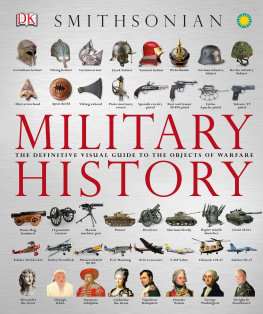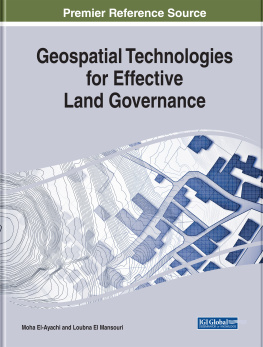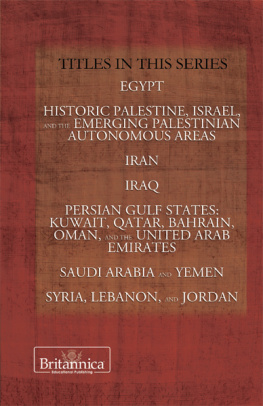THE BRITANNICA GUIDE TO WAR
WAR ON LAND
EDITED BY ROBERT CURLEY, MANAGER, SCIENCE AND TECHNOLOGY

WAR ON LAND
Published in 2012 by Britannica Educational Publishing
(a trademark of Encyclopdia Britannica, Inc.)
in association with Rosen Educational Services, LLC
29 East 21st Street, New York, NY 10010.
Copyright 2012 Encyclopdia Britannica, Inc. Britannica, Encyclopdia Britannica, and the Thistle logo are registered trademarks of Encyclopdia Britannica, Inc. All rights reserved.
Rosen Educational Services materials copyright 2012 Rosen Educational Services, LLC.
All rights reserved.
Distributed exclusively by Rosen Educational Services.
For a listing of additional Britannica Educational Publishing titles, call toll free (800) 237-9932.
First Edition
Britannica Educational Publishing
Michael I. Levy: Executive Editor
Adam Augustyn: Assistant Manager, Encyclopdia Britannica
Marilyn L. Barton: Senior Coordinator, Production Control
Steven Bosco: Director, Editorial Technologies
Lisa S. Braucher: Senior Producer and Data Editor
Yvette Charboneau: Senior Copy Editor
Robert Curley: Manager, Science and Technology
Rosen Educational Services
Jeanne Nagle: Editor
Nelson S: Art Director
Cindy Reiman: Photography Manager
Brian Garvey: Designer
Introduction by Heather Moore Niver
Library of Congress Cataloging-in-Publication Data
War on land/edited by Robert Curley.
p. cm.(The Britannica guide to war)
In association with Britannica Educational Publishing, Rosen Educational Services.
Includes bibliographical references and index.
ISBN 978-1-61530-752-4 (eBook)
1. Military art and scienceHistory. 2. Military history. I. Curley, Robert, 1955
U27.W342 2012
355.4dc23
2011035887
On the cover: U.S. soldiers on foot patrol in western Baghdad, Iraq, in November 2005. David Furst/AFP/Getty Images
On pp. : U.S. Marines disembarking an amphibious assault vehicle during training exercises in Hawaii, 2004. Jane West/U.S. Navy photo (040718-N-5055W-066)
CONTENTS

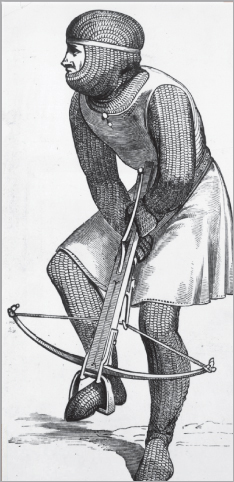

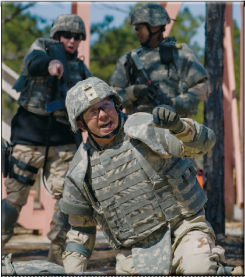
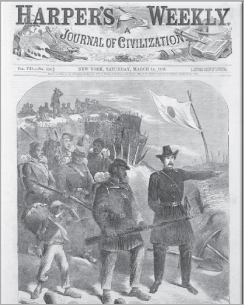

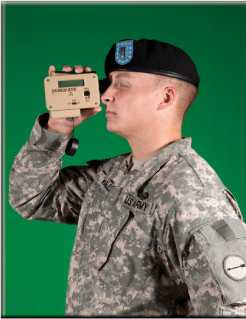



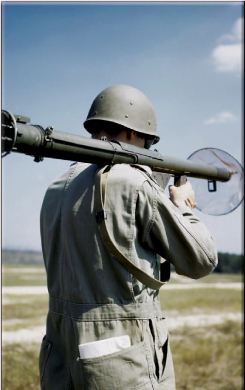
INTRODUCTION
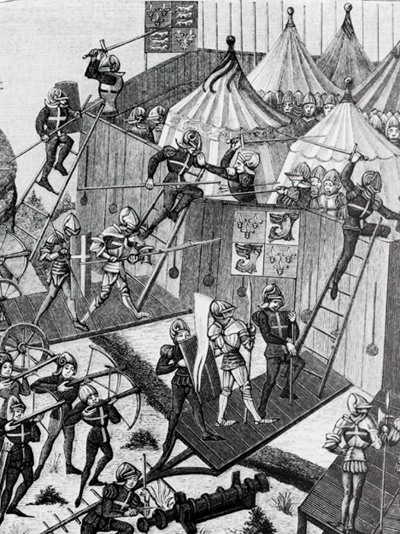
An engraving depicting a battle between French and English forces during the Hundred Years War. Kean Collection/Archive Photos/Getty Images
As long as humans have roamed the Earth, there has been war. History books are voluminous with tales of conflict through the ages. Wars have taken place in many different geographic areasalso called theatres or military ecospheresand have been waged in the air, at sea, and on the ground. This volume examines conflicts as they occur in the last arena, with a focus on the weaponry, fortifications, and personal protection used through the ages by warriors on land. From the walls of Jericho to computer-driven missiles of the 21st century, readers will be able to trace the gradual advancement of military tactics and technologies.
In prehistoric times, military might was dictated largely by what the human body could (and could not) do. Geography and topography were mitigating factors as well. The first tool specifically designed as a weapon was the mace, a rock shaped to fit the hand that was used for smashing bone and flesh. Later, a handle was added for extra power. Primitive humans discovered that early hunting tools made of wood and stone, such as the spear and the bow and arrow, also made effective weapons.
Metal succeeded stone as the material of choice for weaponry as early as the 2nd and 3rd millennia BCE. Precious metals such as gold and silver were, at first, heavily favoured because they were so easily moulded into helmets and body armour. Base metals werent as malleable, but they were stronger and more effective. Precious metals were replaced by copper, which was superseded by bronze implements. Iron weapons, including axes, spears, and swords, were developed during late antiquity and were used until the fall of Rome. Shields, helmets, and mail were among the early forms of military defensive, or protective, items made first of bronze, then of iron.
Horses, elephants, and chariots (which were pulled by draft animals such as horses) were used in battle to some degree, but issues of strength, mobility, and economic viability greatly curtailed their involvement in ancient warfare. For the most part, soldiers traveled by and fought on foot through the classical age. Ranks made up of several lines of heavily armed men charged into battle shoulder to shoulder in a Greek-developed formation called the phalanx. This formation is thought to be the kernel of European military development.
As with most political, social, economic, and cultural structures of society, the waging of war also underwent significant change during the Middle Ages. Warriors on horseback dated as far back as the 1st century CE, with the nomadic horse archer. In 378 CE, Gothic horsemen defeated Roman legions at the Battle of Adrianople, ushering in the age of cavalry in Europe. Skilled riders rode specially bred steeds that were strong and fast. In the Middle Ages, professional cavalrymen were known as knights. On the battlefield, knights wore mail tunics and plate armour and were opposed by foot soldiers who wielded weapons such as crossbows and longbows. The taking of fortresses and castles required heavier weapons. Large battering rams could break through doors and gates, trebuchets could hurl heavy objects like rocks against castle walls, and Greek firea mysterious, flammable liquid that could not be extinguished by waterwas pumped or hurled onto enemy troops.
Weaponry, and warfare, entered a new era once gunpowder entered the equation. Up until this time, weapons were powered by human muscle alone. Gunpowder freed weapon design to focus on tactical demands. The Chinese developed the earliest gunpowder, which today is called black powdera mixture of potassium nitrate (or saltpetre) charcoal, and sulfurin the 9th century CE. Four centuries later, Europeans adopted black powder as a propellant and explosive.
Next page








